Interesting pictures from a book about the history of the Russian army 1796 - 1801 years.
Recently I was sent a link to the book the Russian military historian Alexander Vasilyevich Viskovaty (1804 - 1858) "Historical description of clothing and weapons of Russian troops from the earliest times to 1855"
The book I downloaded and began to read.
Decided to start with part 7, where it is written about the Russian army 1796 - 1801 years. That is, immediately after the death of Catherine II.
First look pictures and some surprised.
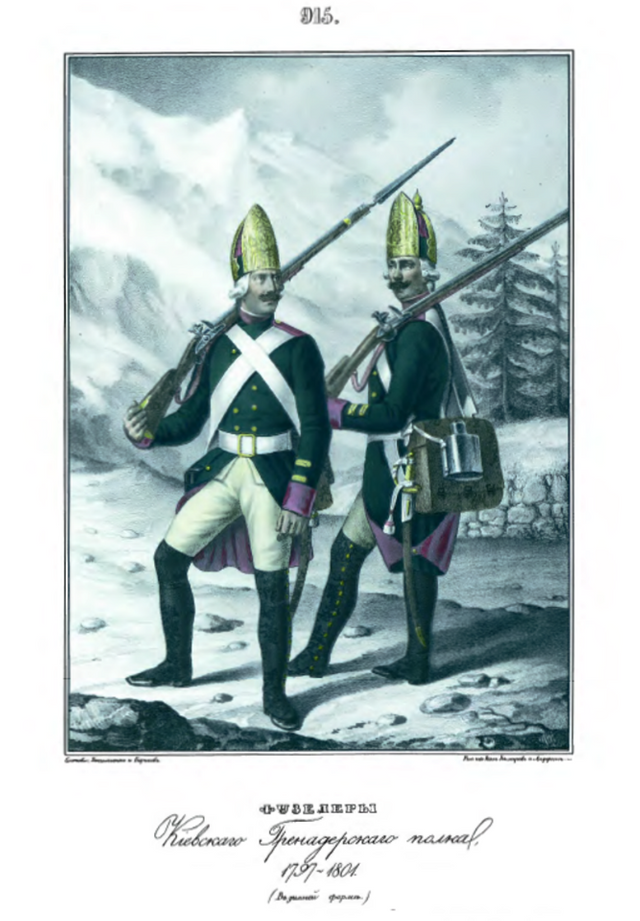
Firstly why is "Fusilier"
FUSILIER (FR. fusilier Rifleman) - the name of the main mass of infantry in the French (con. 17-19 centuries) and Russian (1-I floor. 18th century), armies and part of the infantry in the Prussian army
Why not soldiers? The army is still Russian, I guess. Or not?
Secondly, what a strange winter clothes. Though the Kiev regiment, but was that the winter was warmer than now?
Helmets strange what was. What protection? More of a hindrance in my opinion. Pigtail classy. Or whatever on the back.
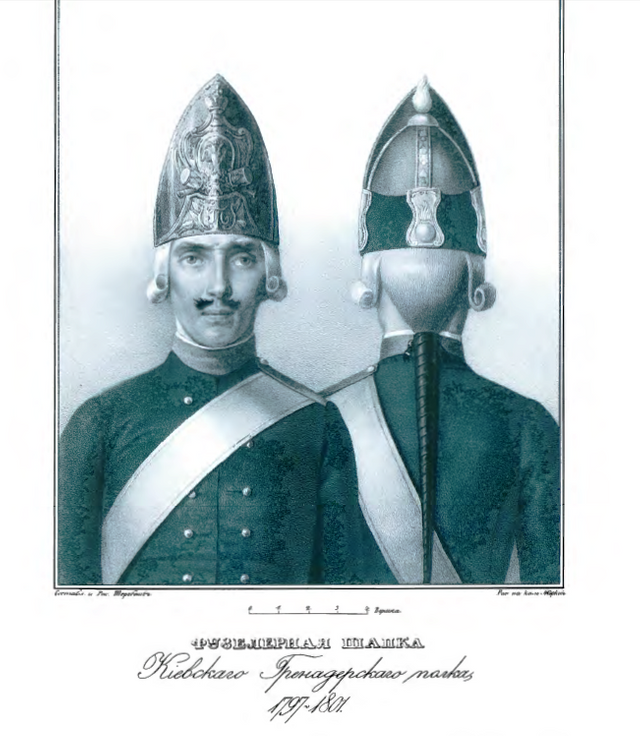
Peak-cap coif for sleep. And braids don't see already.
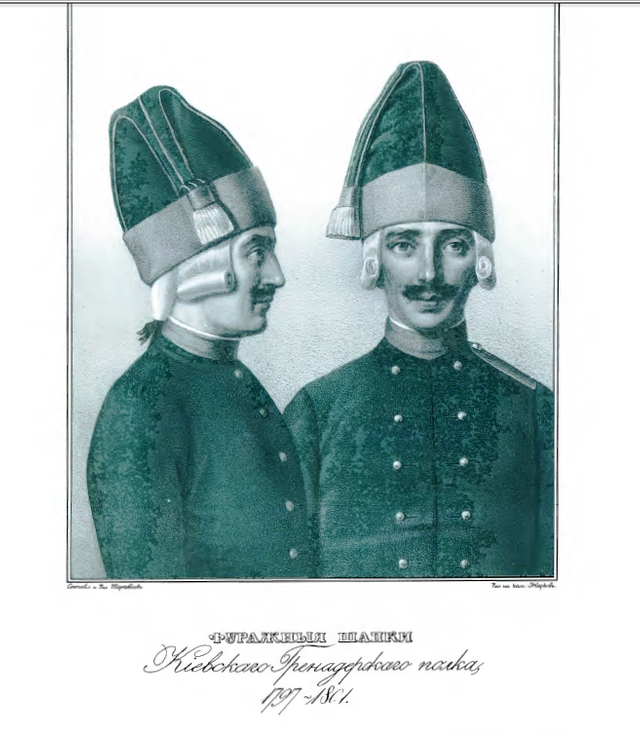
The following image shows a non - commissioned officer with espontoon.
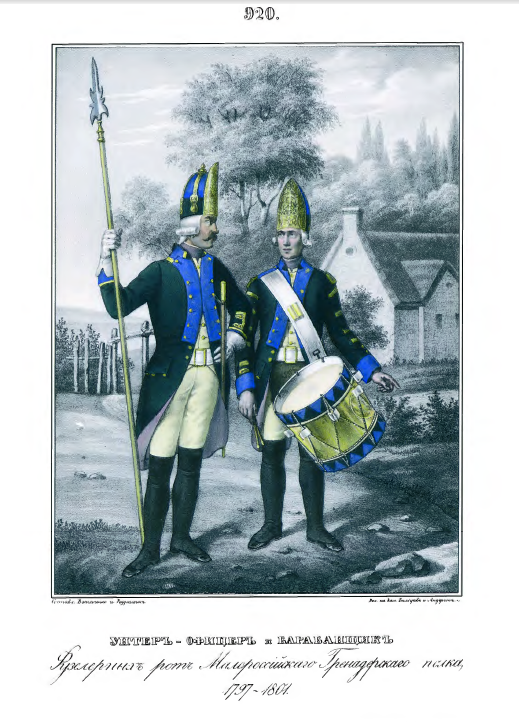
First Sergeant is a German name. Why all names in the Russian army or French or German? Could not the Russian to come up with something?
The second strange weapon for the officer.
Espontoon (FR. esponton from the Latin. espietus, spedus, spentum - spear[1]) — piercing two-handed melee weapon consisting of a notched feather, crown, crosses between them pomochey and long shaft. Espontoon appears in the European armies in the sixteenth century, being the hallmark of the officers. The same role in the same period was performed and partisan. And partisan and espontoon had the form of a spear with a wide tip, but if the partisan tip was in the shape of an elongated triangle (later added side items), espantosa was a broad leaf tip, resembling the tips of Russian Rohatyn.
The length of this spear is more than 2 meters. With such weapons in an attack run? Will shoot immediately after. And it was a must have weapon officers.
No less interesting is the picture which shows the Siberian Grenadier regiment. Again, the strange caps with some rosettes on the top and again looked through the braids on the back.
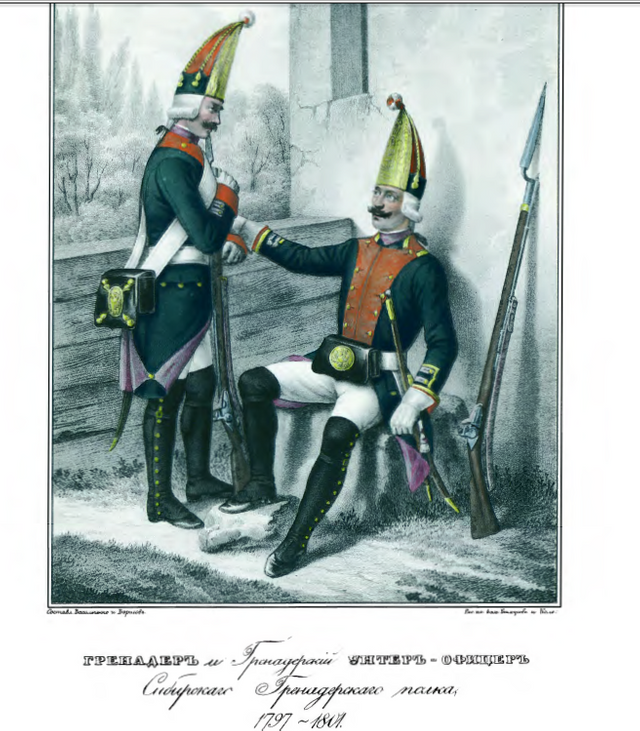
Surprised the names of some of the regiments. Strongermanlandy musketeer regiment. Did not understand where did this name.
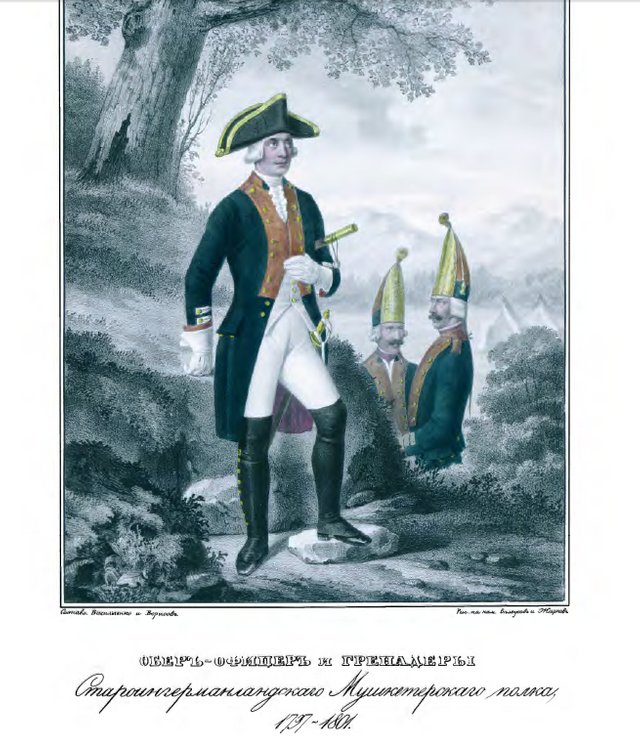
To finish this post and decided to "pioneer". That's exactly what he looked like in those years.
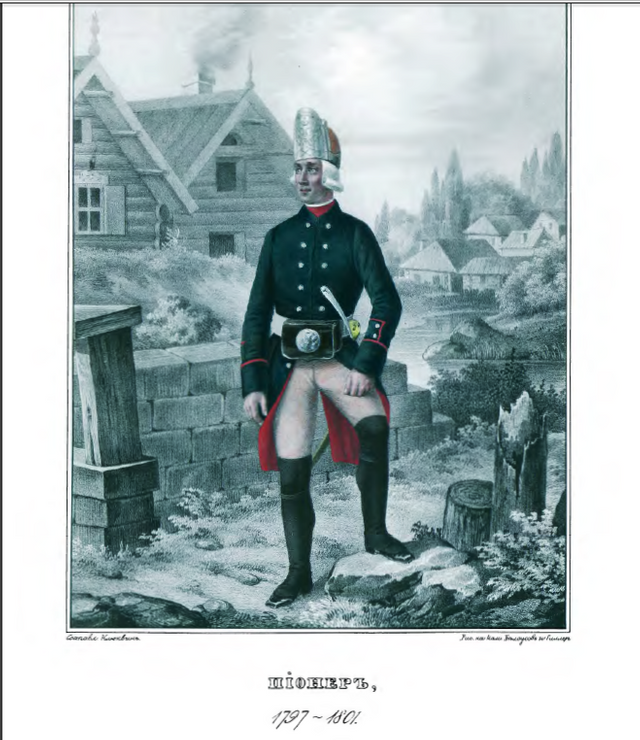
It's certainly not all this book has a lot of interesting.
So to be continued...
This post has been ranked within the top 80 most undervalued posts in the first half of Mar 14. We estimate that this post is undervalued by $1.09 as compared to a scenario in which every voter had an equal say.
See the full rankings and details in The Daily Tribune: Mar 14 - Part I. You can also read about some of our methodology, data analysis and technical details in our initial post.
If you are the author and would prefer not to receive these comments, simply reply "Stop" to this comment.
Strongermanlandy - in fact Staro(old)ingermanlandsky regiment. Ingermanland - province near St. Petersburg. Grenadier's hat designed so that thrown grenade could not stuck in triangle hat